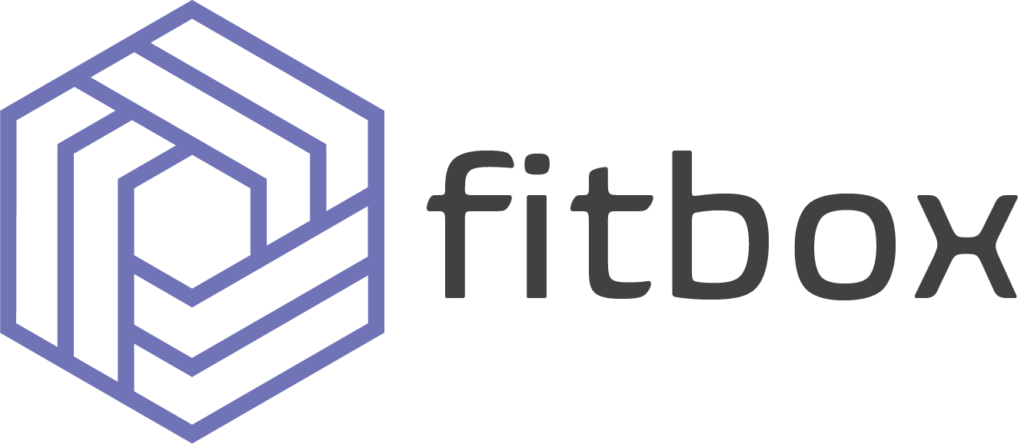There are some key reporting metrics are critical for all businesses that operate on a subscription model, like Software as a Service (SAAS) as well as gyms and fitness centres that offer membership-based services. In order to run a successful gym, it is important to track key metrics that help to measure performance, improve customer satisfaction, and drive growth. In this article, we will discuss some of the key SaaS reporting metrics that also apply to member-based gyms.
- Monthly Recurring Revenue (MRR)
MRR is the total amount of revenue that a SaaS business generates on a monthly basis from its subscription customers. For gyms, MRR is equivalent to monthly membership fees paid by members. Tracking MRR is important for measuring the overall health of the gym’s revenue streams and forecasting future revenue.
- Customer Acquisition Cost (CAC)
CAC is the cost associated with acquiring a new customer. For gyms, this can include marketing and advertising expenses, as well as staff time and resources spent on sales efforts. It is important to keep CAC low in order to maintain profitability and attract new members cost-effectively.
- Customer Lifetime Value (CLTV)
CLTV is the estimated total revenue that a customer will generate over the course of their relationship with the business. For gyms, this includes the total amount of membership fees paid over time. By tracking CLTV, gyms can make data-driven decisions about how much to invest in customer acquisition and retention efforts.
- Churn Rate
Churn rate is the percentage of customers who cancel their membership in a given time period. For gyms, churn rate is an important metric for understanding customer satisfaction and identifying areas where improvements can be made. By reducing churn rate, gyms can improve member retention and reduce customer acquisition costs.
- Gross Margins
Gross margins are the percentage of revenue that remains after deducting the cost of goods sold. For gyms, this includes the cost of equipment, staff salaries, and other overhead expenses. High gross margins are important for maintaining profitability and investing in growth.
- Net Promoter Score (NPS)
NPS is a metric that measures customer satisfaction and loyalty. For gyms, a high NPS score indicates that members are satisfied with the facilities, services, and overall experience. By tracking NPS, gyms can identify areas where improvements can be made to enhance member satisfaction and loyalty.
Member-based gyms can benefit greatly from tracking these metrics in order to measure performance, improve customer satisfaction, and drive growth. By analysing data and making data-driven decisions, gyms can optimise their operations and provide a better experience for their members.
Recent Posts
Archive
- April 2025
- March 2025
- February 2025
- January 2025
- November 2024
- October 2024
- September 2024
- August 2024
- July 2024
- May 2024
- April 2024
- March 2024
- February 2024
- January 2024
- December 2023
- November 2023
- October 2023
- September 2023
- August 2023
- July 2023
- June 2023
- May 2023
- April 2023
- March 2023
- February 2023
- January 2023
- July 2022
